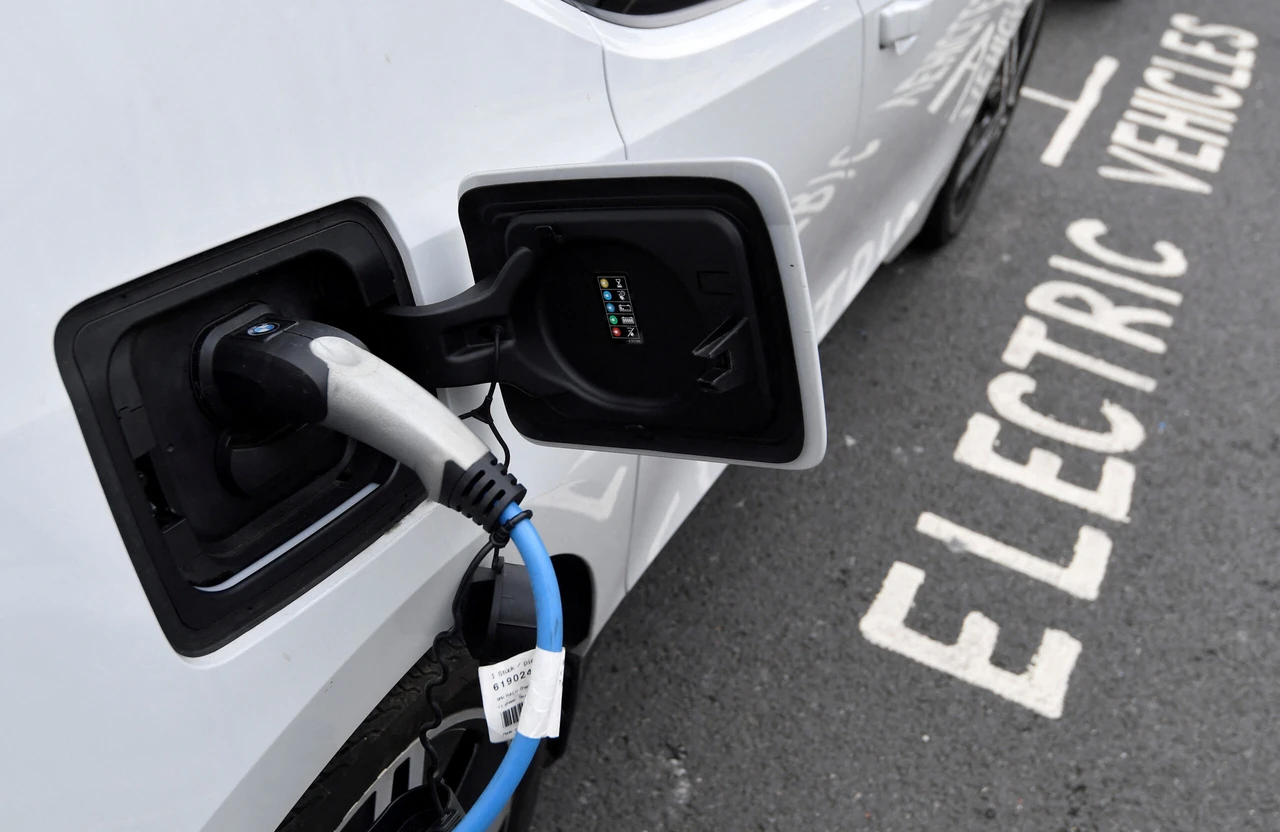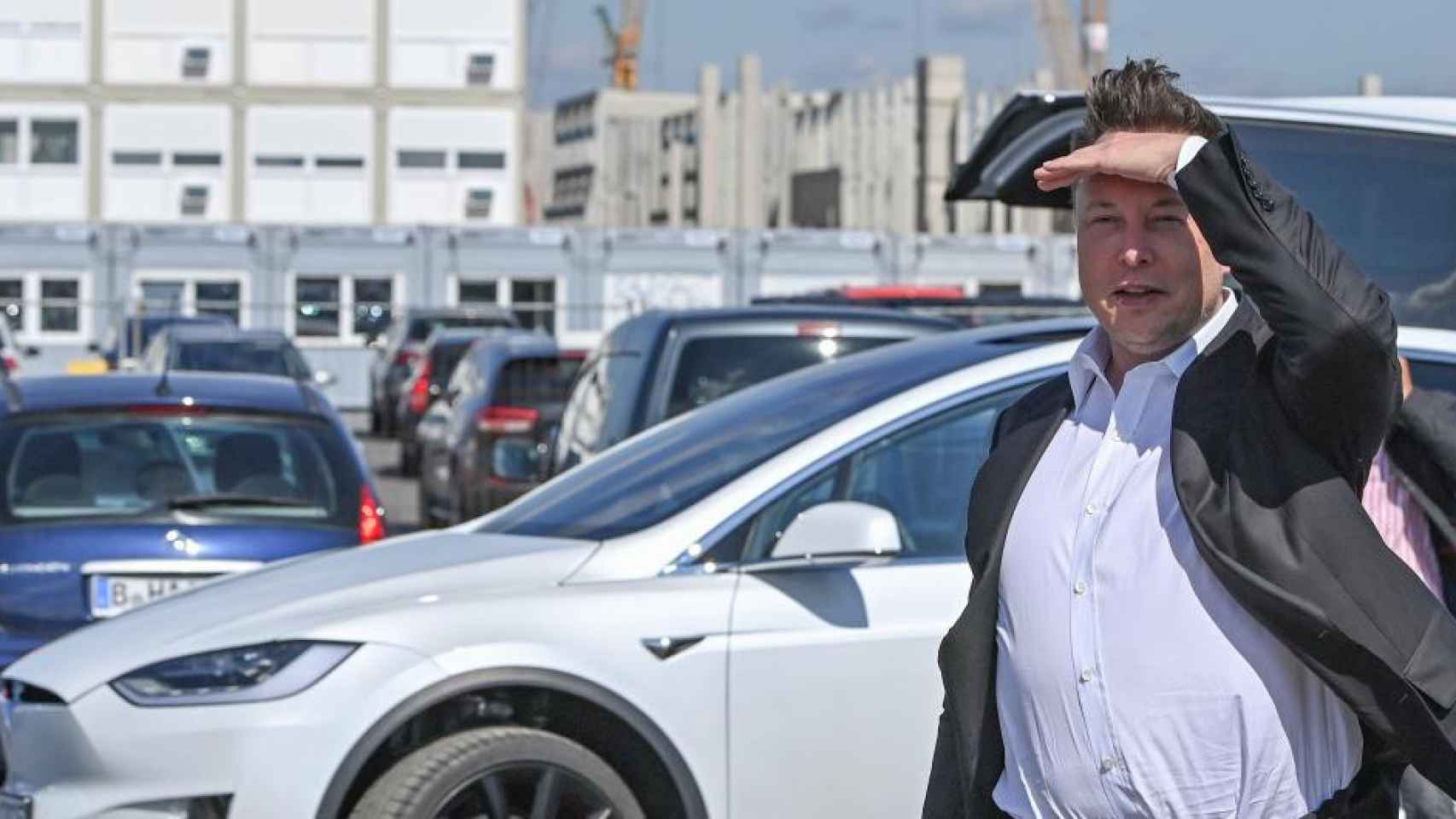Falling battery prices set to narrow gap between EVs, gasoline cars
 An electric car is charged at a roadside EV charge point, London, Oct,19, 2021. (Reuters Photo)
An electric car is charged at a roadside EV charge point, London, Oct,19, 2021. (Reuters Photo)
Declining battery prices are poised to revolutionize the EV market, making these vehicles more accessible to a broader audience and encouraging automakers to ramp up production.
Why it matters: The high cost of EVs compared to gasoline cars has been a significant barrier to consumer adoption, slowing down the global shift to electric transportation.
Why EVs are not popular among consumers?
- Global trends: PHEV sales in China surged by 70% in the first seven months of 2024, with BYD reporting strong growth in both BEV and PHEV sales globally. Also, EV sales in the U.S. and Canada grew by 7.1% in July. However, Europe saw a 7.8% decline in monthly EV sales in July, with Germany experiencing a 12% drop in the first 7 months of 2024.
- Consumer hesitation: Despite the environmental benefits, the higher cost of EVs has deterred many buyers, leading to sluggish sales and causing automakers to reconsider their aggressive EV strategies.
- Profitability concerns: The profitability of EVs remains a challenge for automakers, prompting them to scale back investments as they navigate the uncertain market.

Will the cost of EVs decrease?
- Battery cost projections: Goldman Sachs forecasts that the average global battery cost will drop by 23% this year, settling at around $115 per kilowatt-hour. This trend is expected to continue, with prices decreasing by an additional 20% by 2025, potentially bringing EV costs in line with gasoline vehicles by 2025-2026 in select markets.
- Tesla’s view: Tesla CEO Elon Musk recently noted that the cost of lithium-ion cells used in EV batteries has begun to decline after a significant pandemic-induced surge. The drop in lithium prices, down over 70% last year, is a key factor in this trend.
- Long-term market share: Analysts predict that as battery costs decline, the share of EVs in global automotive sales will rise, with projections of 50% in the U.S. and 68% in the EU by 2030, reflecting a significant shift in consumer preference.
- SK innovation: A spokesperson from South Korean battery producer SK Innovation highlighted the close link between battery prices and the cost of cathode materials, suggesting that a drop in metal prices could further reduce battery costs.
- Material impact: Nickel and copper have played a role in the recent battery price decline, contributing to more affordable EV production.
Global factors increasing EVs popularity in world
- EU and U.K. regulations: Carbon emission targets and a planned ban on internal combustion engine vehicles by 2035 in the EU are expected to drive demand for EVs.
- China’s market: Despite weaker demand in Europe, China’s EV market continues to thrive. July saw a 21% global increase in sales of fully electric and plug-in hybrid vehicles, with China contributing significantly with a 31% year-on-year increase in EV sales.



